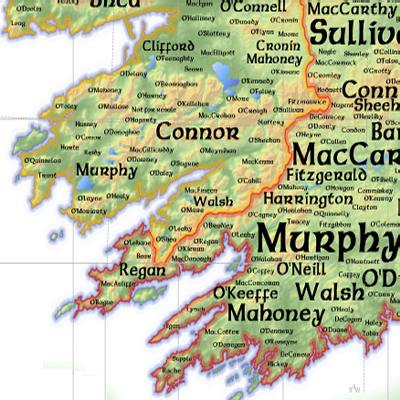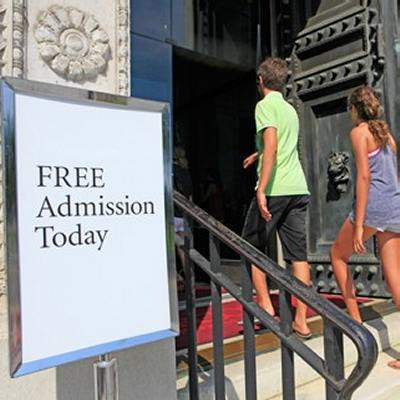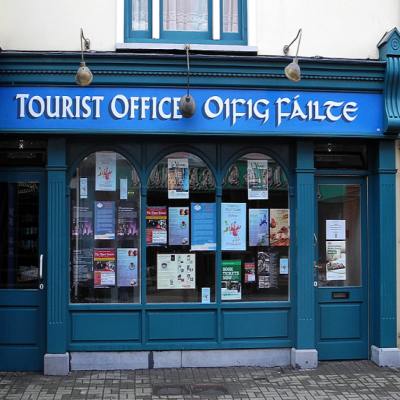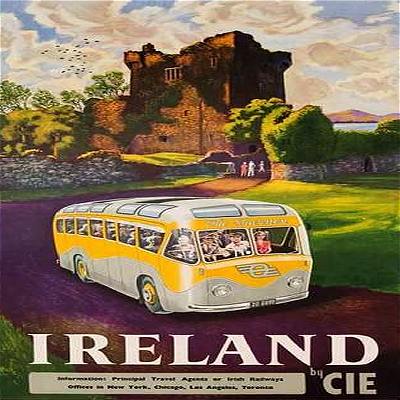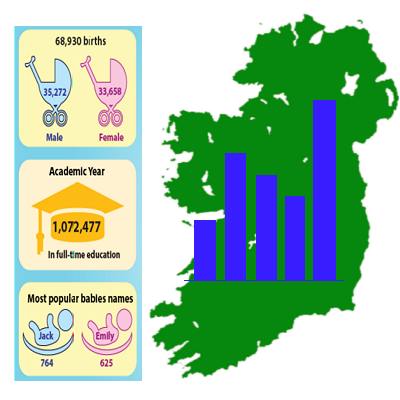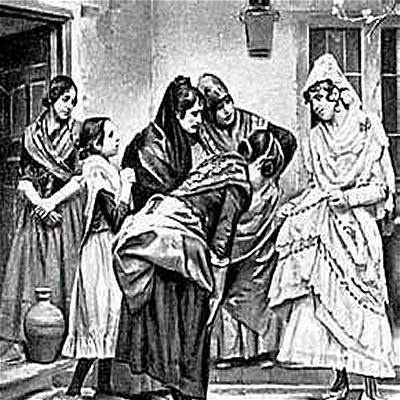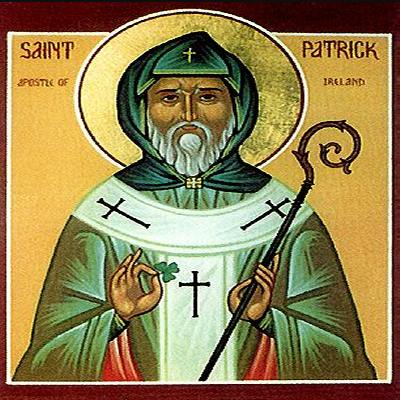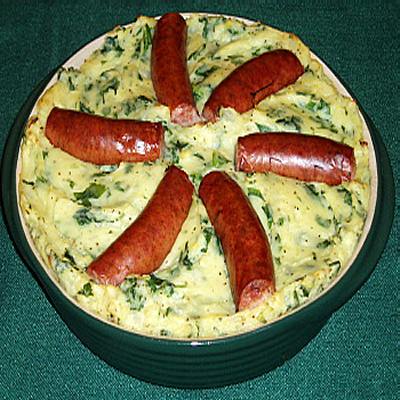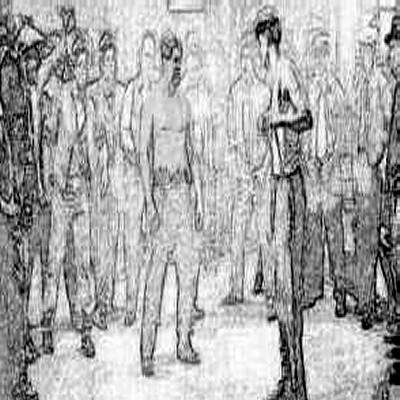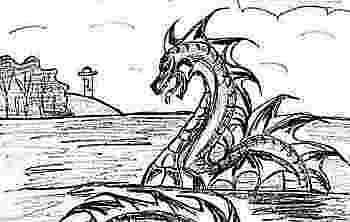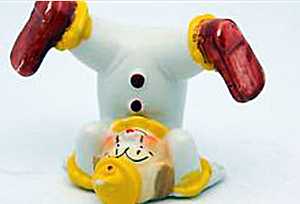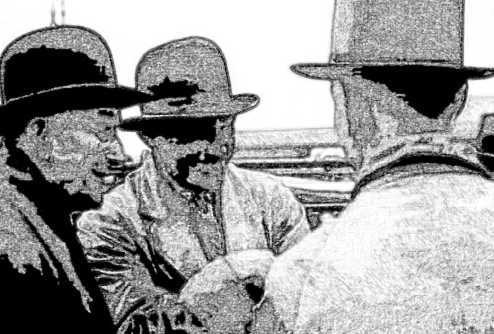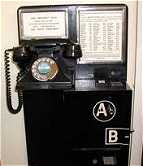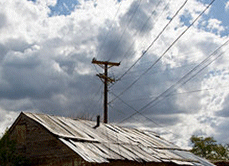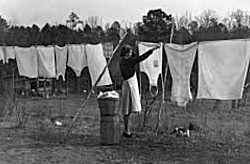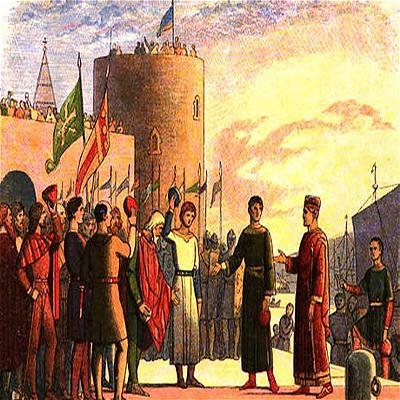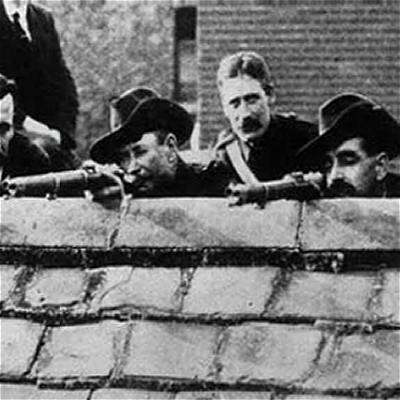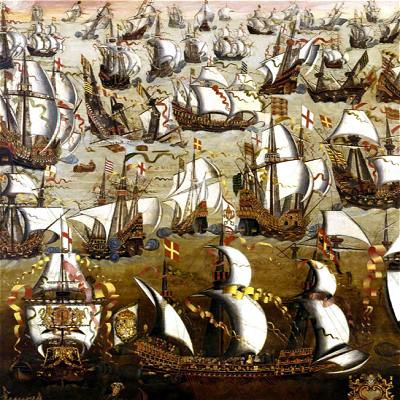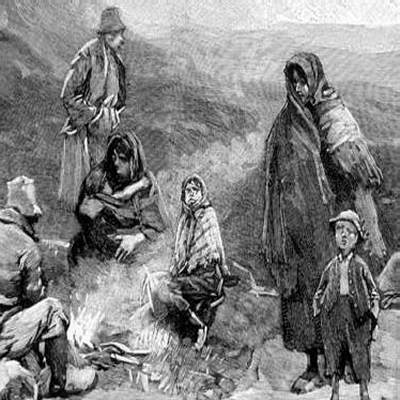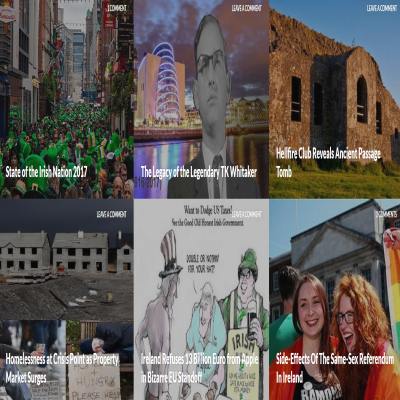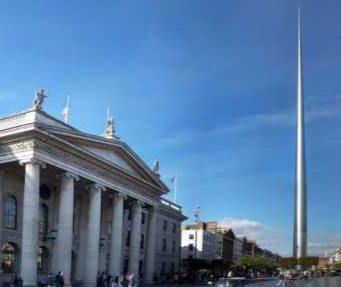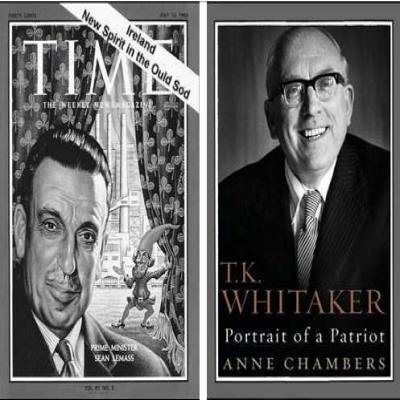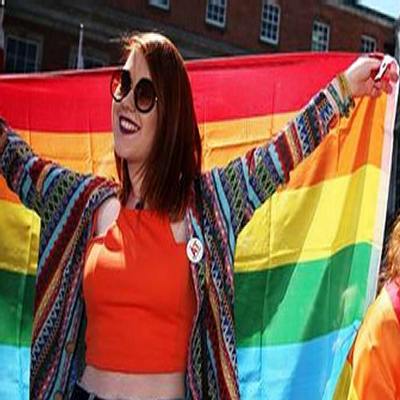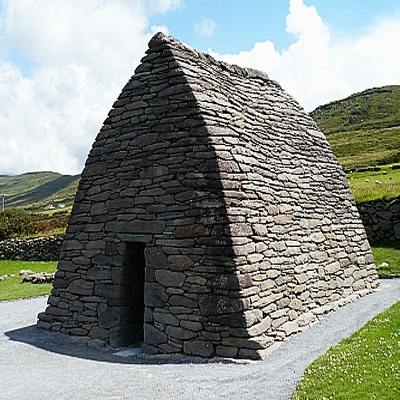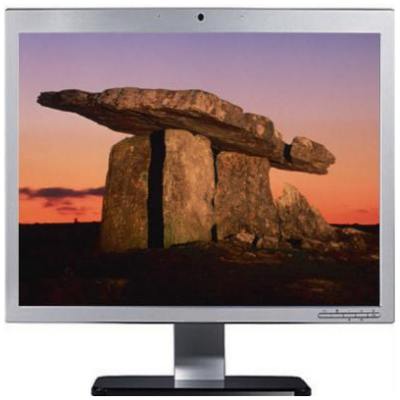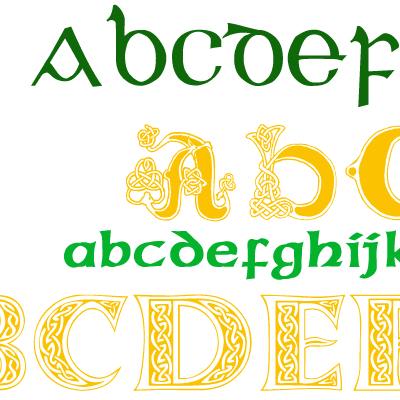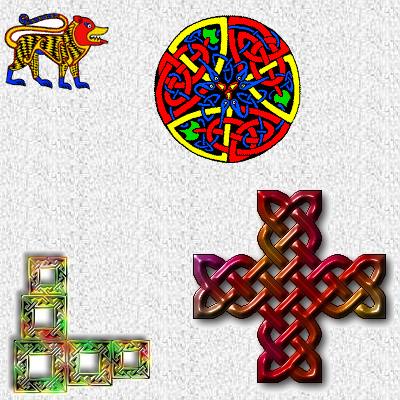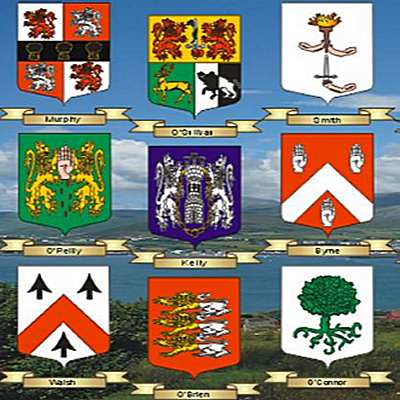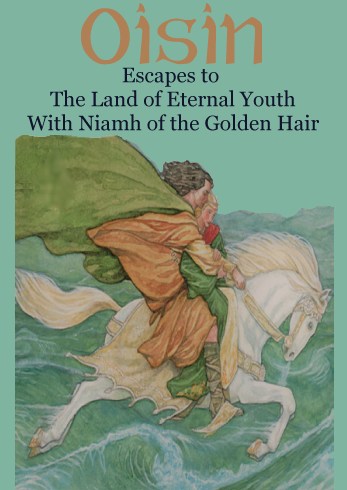
Oisín was a poetic character who was well respected and loved by the Fianna, and his sense of justice made him highly valued. He was worthy enough to be summoned by a fairy woman, and his downfall lay in the love he had for his country and people, and his desire to return to them once more.
Oisín was the son of Fionn MacCumhaill and Sadhbh and was one of the brightest lights of the Fianna. He was a skilled warrior, but also a poet and bard, and it is said that he wrote down many of the deeds of the Fianna in the interests of historical record. Oisín had a strong sense of justice, and he was one of the supporters of Diarmuid against his own father, as he deemed Fionn to be acting unfairly.
His own mother Sadhb had been changed into a young deer, a fawn, by the Druid named Fear Doirche in revenge for refusing his advances. Fionn had been hunting and caught the fawn but refused to kill his prey, who then magically changed back into human form. They wed and Sadhbh was soon with child.
Alas, the story of Oisín's mother was not to be a happy one as the Druid again changed her back into animal form after which she fled into the wild. Fionn never gave up searching and eventually, after seven years, found his now grown son at the stunning mountain, Benbulbin. They recognized each other and were reunited.
The best known magical story concerning Oisín tells of his journey to the fabled land of Tir na nÓg – the land of youth.
While out hunting with the Fianna one day, a beautiful maiden appeared on a white horse and challenged Oisín to accompany her. Her name was Niamh Chinn Óir, meaning 'Niamh of the Golden Hair' and Oisín was captivated by her beauty. He immediately mounted the magnificent white horse, named Embarr, that the fairy woman had brought and rode off with her.
Niamh spirited him away to the fairy world of Tir na nÓg where the two lived happily for many, many years.
Despite his happiness with Niamh, Oisín felt homesick for Ireland on many occasions. Eventually when the longing grew too great, Niamh lent him her magical horse to make the journey back to his homeland. He said he merely wished to see his father and friends one more time and to see how they were.
But there was danger.
Niamh instructed him not to set a single foot on Irish soil if he wished to ever return safely to her.
Oisín agreed and set out on his journey, soon reaching Ireland, where he found a very changed landscape from that he remembered. His old home at the hill of Almu was in wretched disrepair, abandoned. He should never have returned.
While riding back through the countryside he came across a group of men trying to shift a giant boulder. The men of the Fianna would have had no trouble with this rock, but these men seemed puny and small compared to the Fianna. Oisín lent down from his saddle to help the men, but the stirrup broke and he fell, crashing to the earth.
On touching Irish soil Oisín instantly reverted to his true form and shriveled into an old man of 300 years – the length of time he had been absent.
The men brought him to St. Patrick to be baptized before his death, as Christianity had by that time come to Ireland. Oisín related the stories of the ancient times to Patrick, so that they might be preserved and retold.
And so it was that the fabled Oisín perished, the merest touch of Irish soil compelling him to account for his ancestry and throw off the facade that had been created about him.
Although accounts of his burial place are often disputed, it is said that he remained in Ireland at the 'Nine Glens of Antrim', at a site that has been known for generations as 'Oisín's Grave'.
Pronounction Guide:
Oisín: ush-een
Fianna: feena
Fionn MacCumhaill: fyunn mah cool
Sadhbh: si-ve (si as in the word 'sigh')
Fear Doirche: far door-keh
Diarmuid: deer-mud
Niamh Chinn Óir: neeve kin orr
Tir na nÓg: teer nah nowg

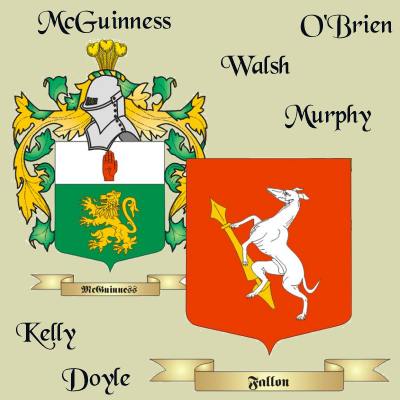 Your Family Crest
Your Family Crest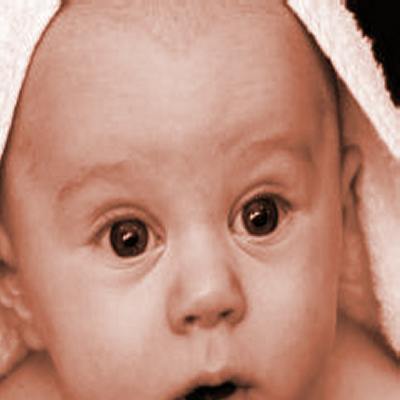
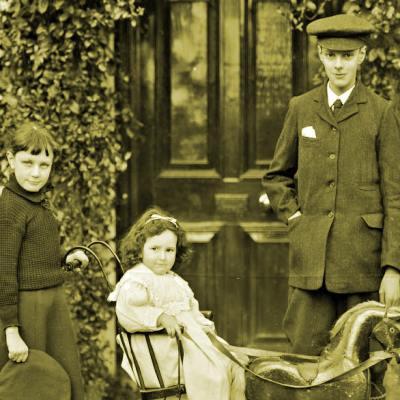 Irish Roots Search
Irish Roots Search